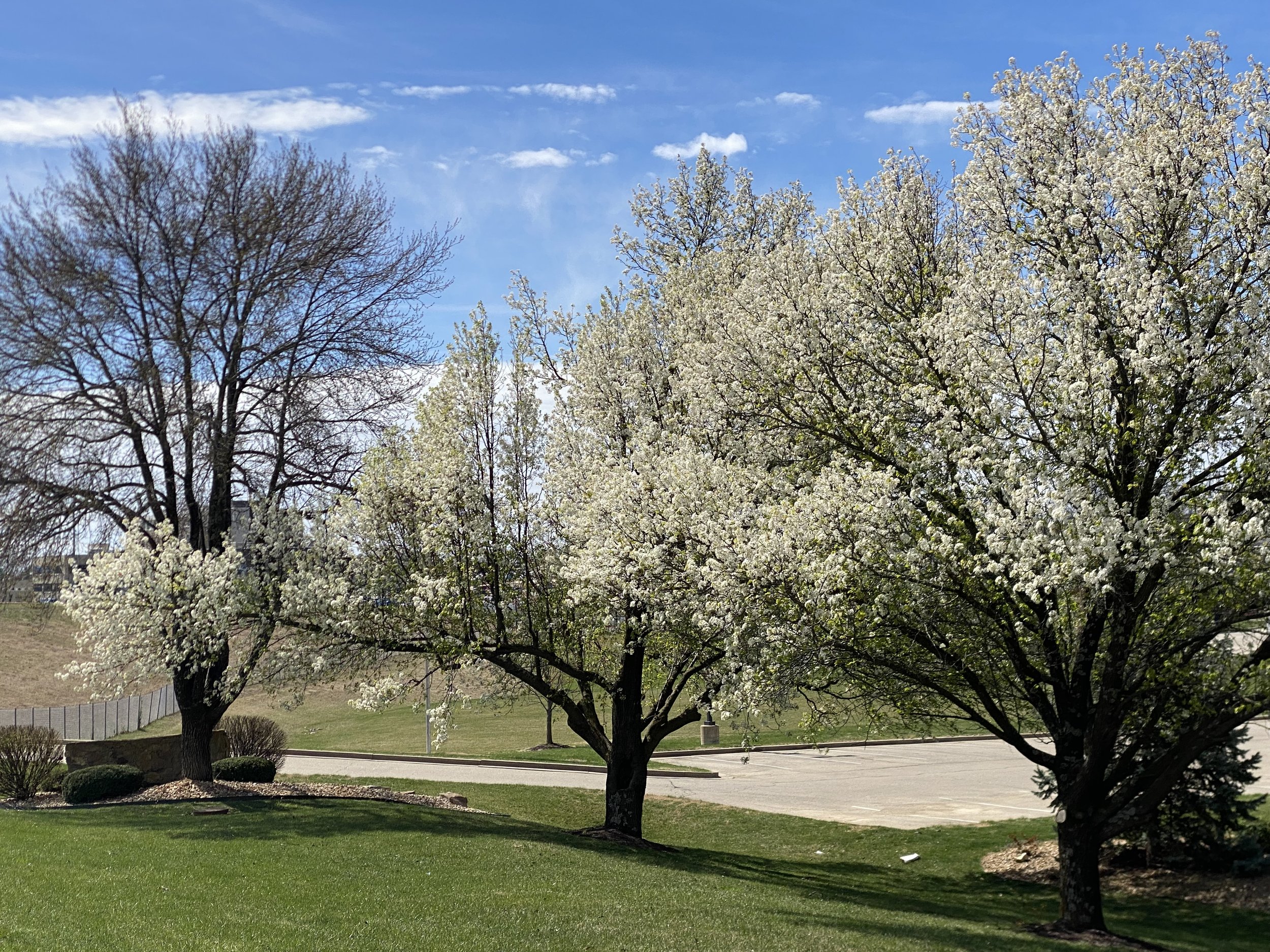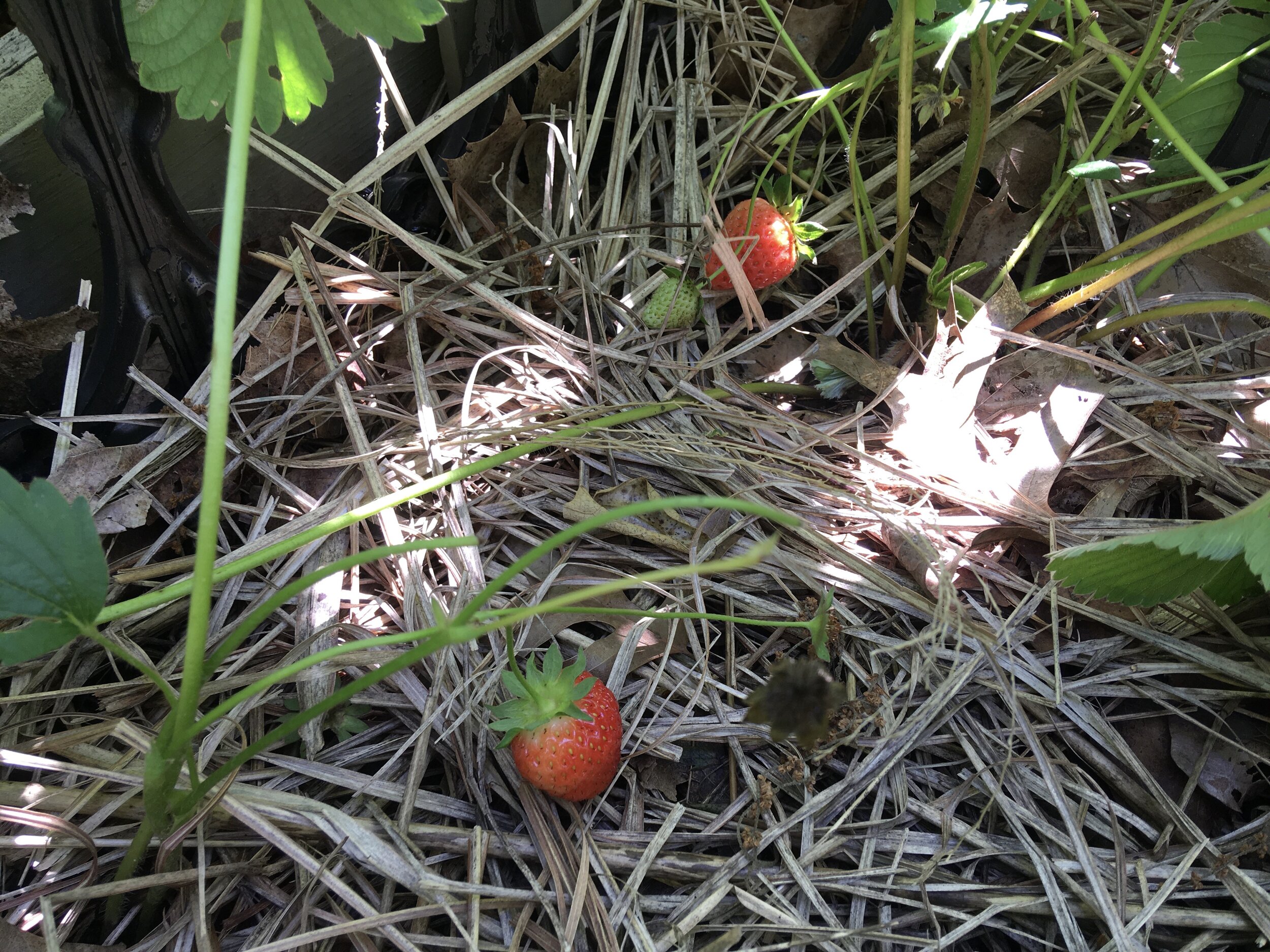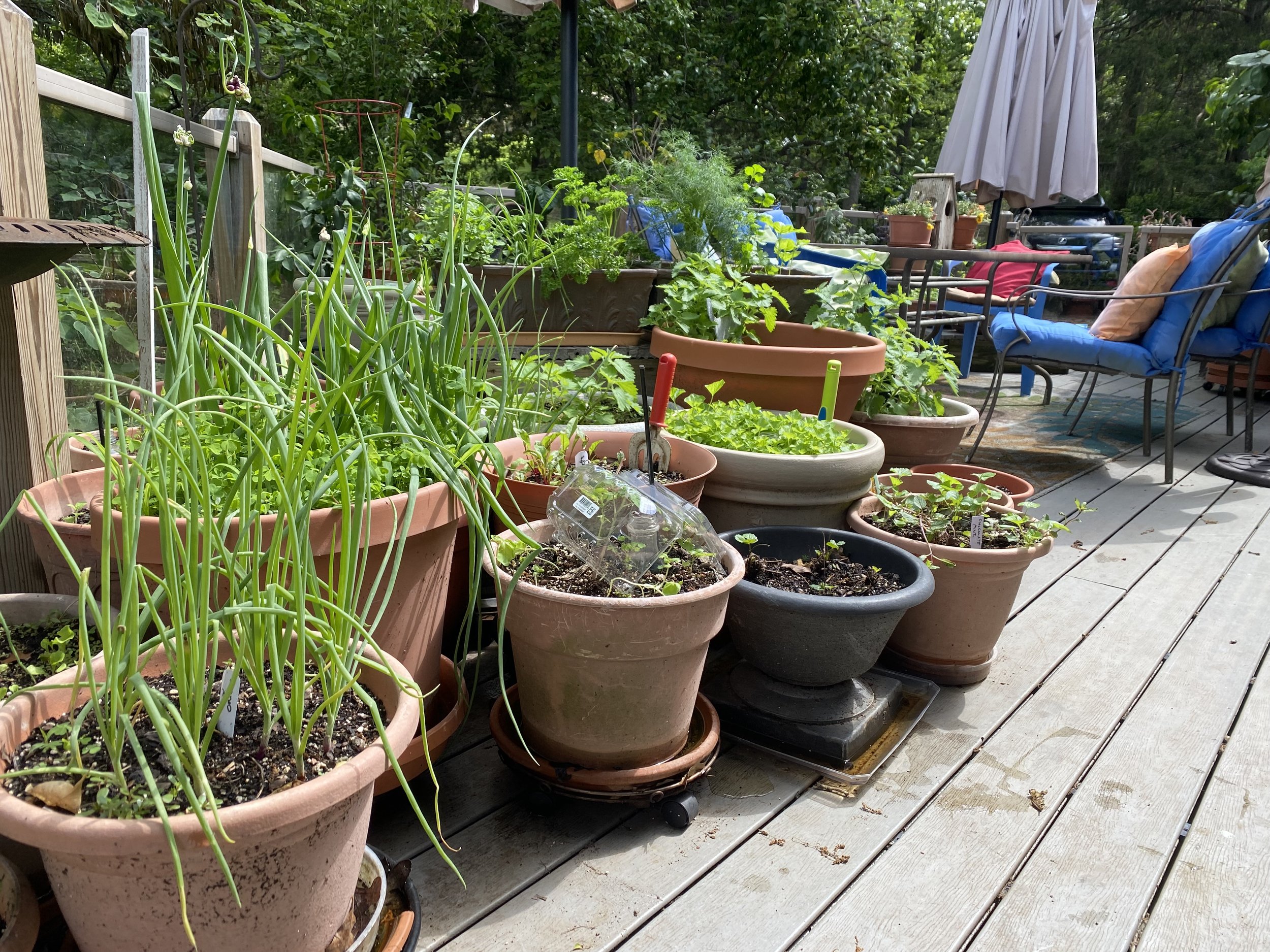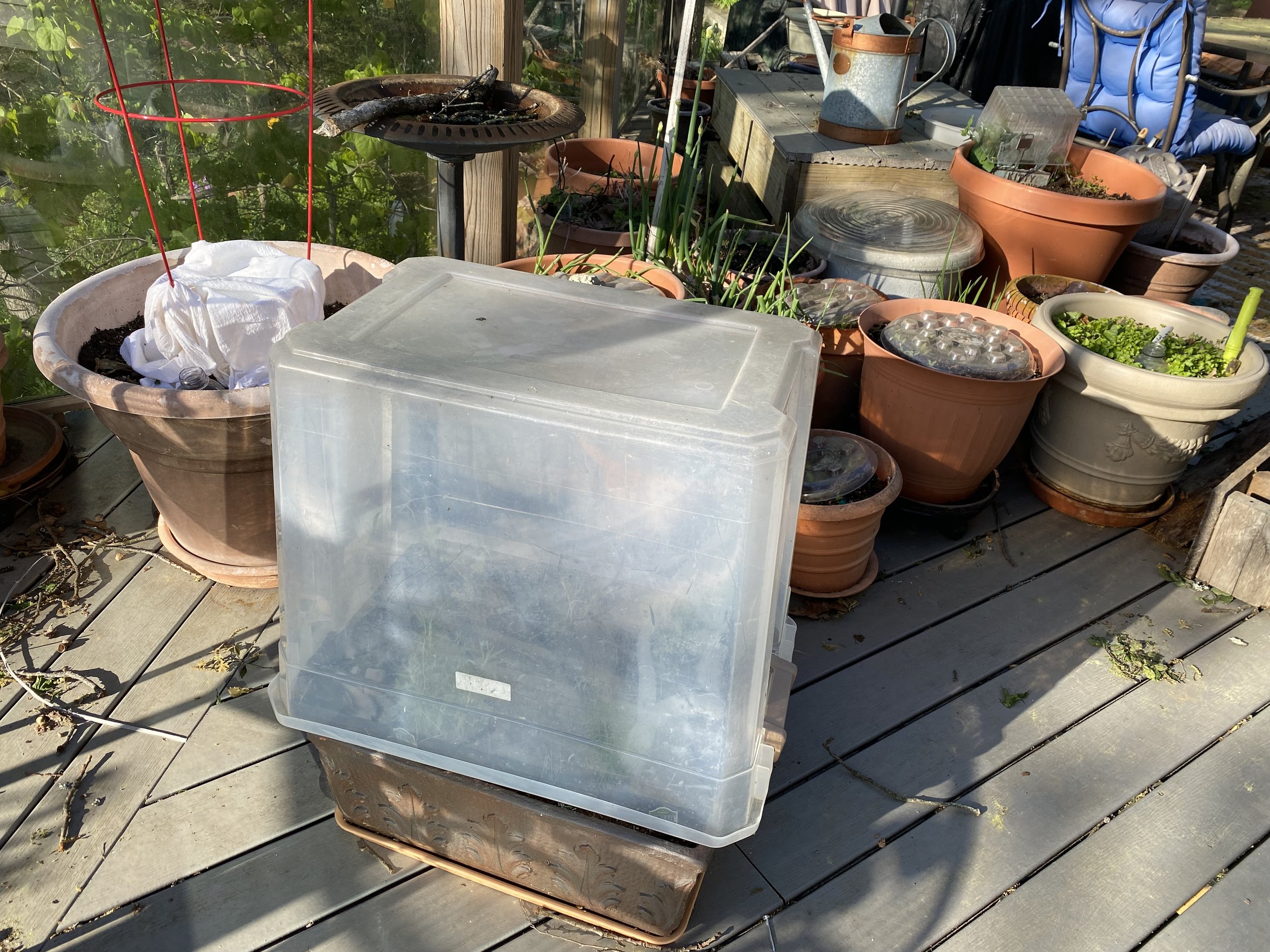Defining Garden Paths
/The garden path from my front door covered in ice. (Photo by Charlotte Ekker Wiggins)
Defining Garden Paths
Winter seems to be a quiet time for gardeners but there are several things one can do. One of the more challenging things to design in a garden is a network of paths. If you’re working with a brand new piece of property with nothing growing, that’s one thing. However, most of us have at least a house and some form of growth be it trees or shrubs, or both. If you have any kind of incline like I do, it’s almost impossible to keep the paths once you build them so adding structural support is a must.
You can buy software programs where you can plug in your land dimensions and even photos. Those programs, however, don’t easily adjust for garden terrain.
One easy way to determine where you should put your paths is an ice storm. Freezing rain, sleet and ice will settle on the ground and help define the low spots. It’s how I have developed and confirmed my garden path network.
The flat garden areas are easy, such as around the front of my house (photo above) and small pond.
This icy path is by a small goldfish pond. (Photo by Charlotte Ekker Wiggins)
As I move to the hillside, the ice helps to show me the garden path network and how accurately I developed them earlier in the season.
This corner is on the south side of my property leading to my southern bee garden. Some of these paths have been around for a couple of decades. The path on the left was build new last year.
The icy paths towards the southern apiary, or bee garden. (Photo by Charlotte Ekker Wiggins)
The oldest garden path is in a center island as one enters my property. It’s off center compared to the rest of the garden paths but it was the easiest place to build one at the time.
Every year I consider whether I want to move the path and so far, have left it.
One of the older garden paths, this one in a center island. (Photo by Charlotte Ekker Wiggins)
The northern apiary has a better developed network of paths. Most of these paths were built this past season and with one exception where I need a small tweak, this side of the garden is now easy to access with flat garden paths.
After lining the path with downed trees, I add cardboard then mulch until the path is level. Or as level as I can get it.
Icy paths around the northern apiary. (Photo by Charlotte Ekker Wiggins)
Don’t tackle the ice to get photos but if you can take some safely it’s a good time to document your garden path system before snow covers it all up.
Icy paths get a layer of snow. (Photo by Charlotte Ekker Wiggins)
When we’re close to the ground it’s hard to guestimate where a new path should go. The ice and these photos will give me a blueprint for next year.
Now to start dreaming about what I am going to plant!
Charlotte

















